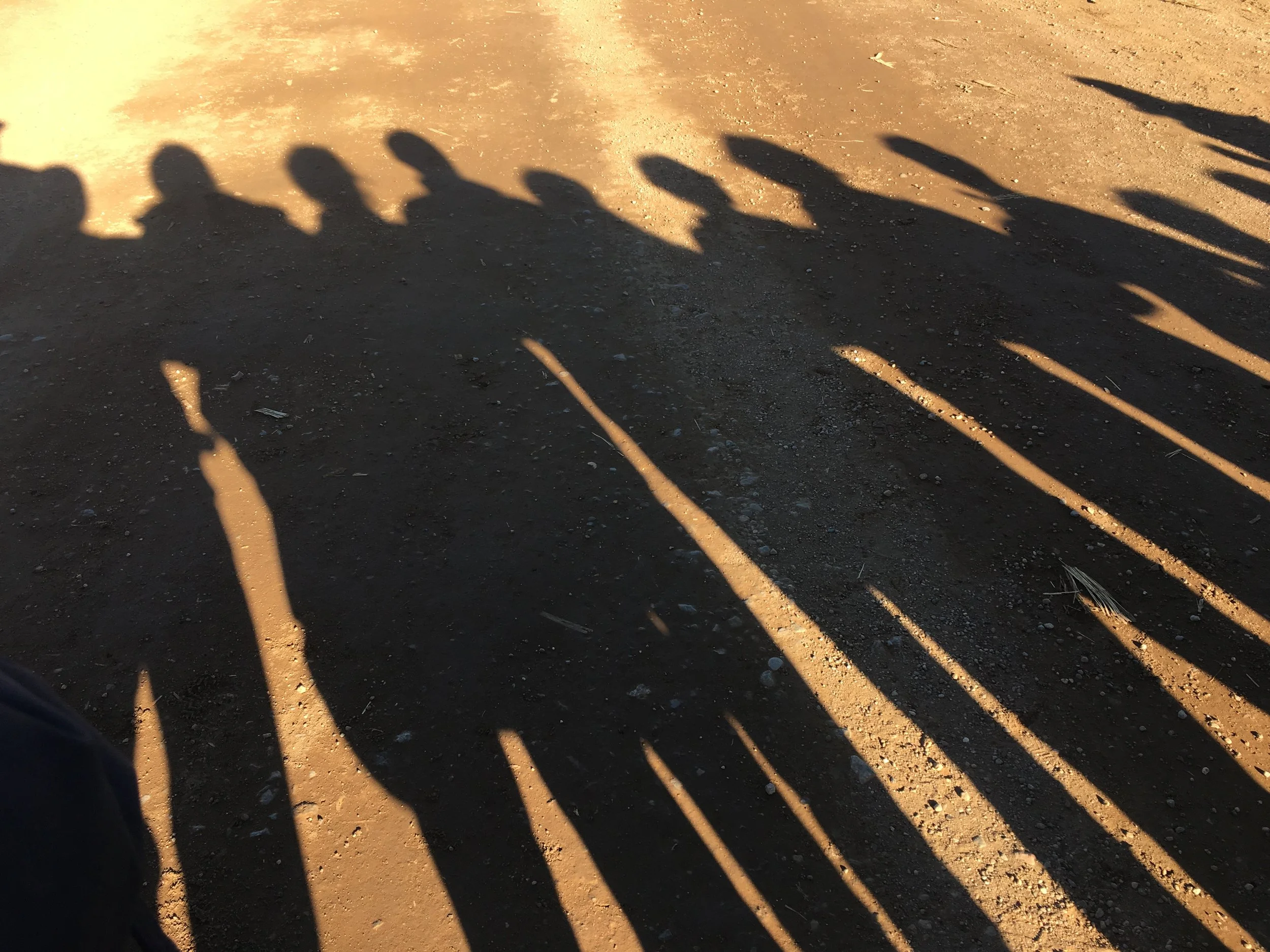A white student in Seattle Public Schools is 20 times more likely to qualify for “gifted” or “advanced learning” programs than a Black student.
The problem is so bad that last year at Cascadia Elementary School in North Seattle, all 529 white students had tested into the “highly capable cohort” -- the school’s advanced learning program. The school had just 49 Black students to begin with. Only two of them were part of the cohort.
That’s right: All 529 white kids at Cascadia were considered “highly capable,” and every Black student but two was not.
Seattle Public Schools’ Advanced Learning department was set up to support top-performing students. Just as opportunity gaps exist across racial and socioeconomic lines throughout our public school system, Advanced Learning in Seattle Public Schools disproportionately serves privileged students.
Contributing to this is a policy that lets students who do not pass the school-administered test pay hundreds of dollars for a psychologist to administer a private test, giving wealthier students even greater access.
Brian Terry is a parent of two Thurgood Marshall students, and he’s also part of a committee working to change this inequitable system. He said that by fifth grade the majority of white students in Seattle’s “Highly Capable Cohort” program (also known as HCC) got there by paying for one of these tests.
“In effect, the program magnifies inequity,” Terry said.
I’m a white parent with two biracial kids, and I was labeled as “gifted” by two different school districts in the late ‘80s. I was part of the magnifying glass that makes today’s system so likely to exclude my own kids.
But what does it even mean to be an “advanced learner?” What did it mean to be “gifted?”
I can tell you that in my case, I had many gifts, but none of them were about me being some kind of rare intellect. I had two college-educated parents, including a mother taking a break from her career teaching elementary school to stay at home with me and my sisters. That was a gift. Plus, I took standardized tests written by white people for white kids. I had white teachers with reasonably high expectations for white students. I had just about every advantage.
And it turns out I’m living proof that being an early reader doesn’t necessarily translate into lifelong scholarly prowess. I was a top prospect, but I never blossomed into an academic Hall-of-Famer. I did fine.
My kids, meanwhile, will still get some of the same privilege I enjoyed at home, but they aren’t likely to get the benefit of the doubt from the system.
Think about it: my kids are twenty times less likely to be identified as "gifted" than they would be if their mother was white. That is staggering.
Claudia Rowe of the Seattle Times wrote a thorough, much-needed examination of this advanced-learning gap across the Puget Sound, and it’s worth reading to get an even fuller picture. When she touches on the private testing phenomenon in Seattle, she explained how the district recognizes the inequity in its system but has so far responded only with a hollow gesture:
[State officials] flat-out reject the kind of private intelligence testing that is popular as a gateway to gifted-and-talented programs in Seattle.
“When students are privately tested, they’re getting a completely different experience from the usual Saturday morning cattle call,” said Jody Hess, who supervises programs for the gifted at the state education department. “It’s just far more likely that a child is going to do better on that kind of test than they might in a group, and that’s a built-in advantage only available to families of means. It’s a privilege of wealth.”
Recognizing the inequity, Seattle offered to cover the cost of private testing for low-income students this year. But its list of suggested evaluators includes none in the city’s low-income neighborhoods.
As often happens in Seattle Public Schools, we know that district officials know about this inequity.
In fact, the official committee I mentioned was formed as a result of that knowledge. The district awarded an Equity Grant to Thurgood Marshall Elementary School, so this committee has been working since then toward their goal “that the composition of the HCC (Highly Capable Cohort) program reflects the district’s racial and socioeconomic diversity.”
Now the district is reviewing its advanced learning programs, and Terry said the committee “wants to send the school board and district staff a clear message: We are holding them accountable for equity in advanced learning.”
All in all, this all gets a little weird, and it shows the dysfunctional approach to resolving inequity in Seattle Public Schools.
The district knows about the inequity in its Advanced Learning programs. That much is clear.
The district has chosen to act on that knowledge mainly by offering to pay for private tests in inconvenient locations for low-income students, and by forming a parent committee to apply pressure back on itself to force the district to change its own inequitable practices. So, they’ve done a lot, but they haven’t gotten much done.
We can help bring this charade to an end. The committee is asking people in the community to step up and attend at least one of the remaining four SPS board meetings to either give two minutes of testimony or simply fill a seat and hold a sign.
Sign up here to select a specific date to stand up for equal access to advanced learning opportunities for students of color in Seattle Public Schools.
The next meeting is Wednesday, May 17 at 5:15 p.m. at the Seattle Public Schools office in SODO.







